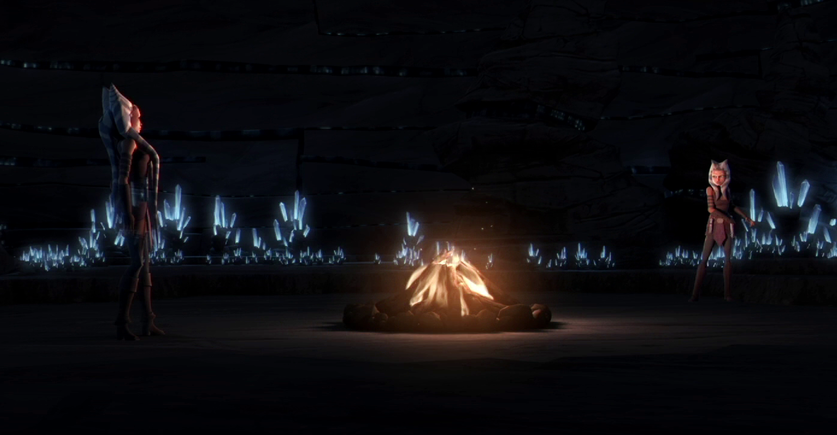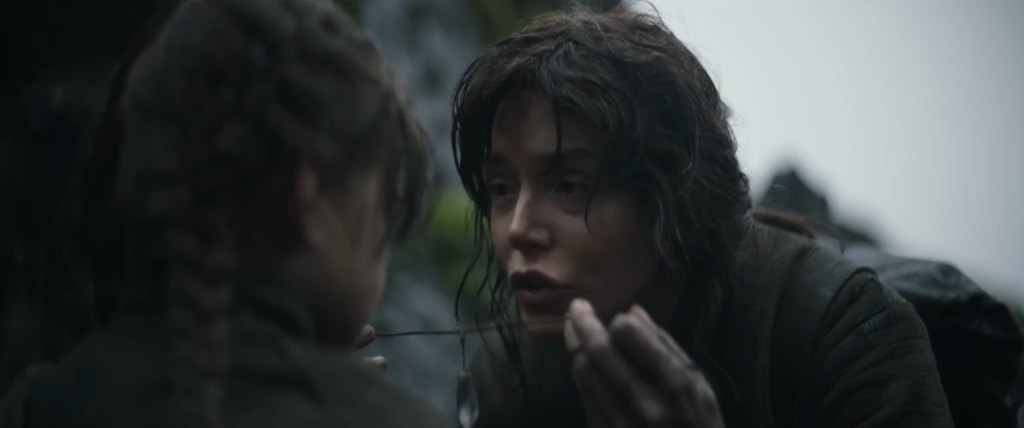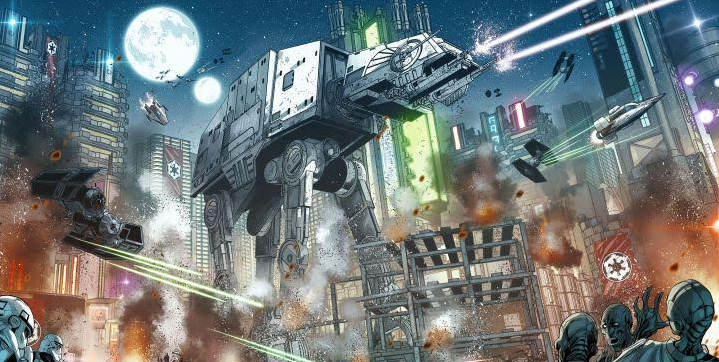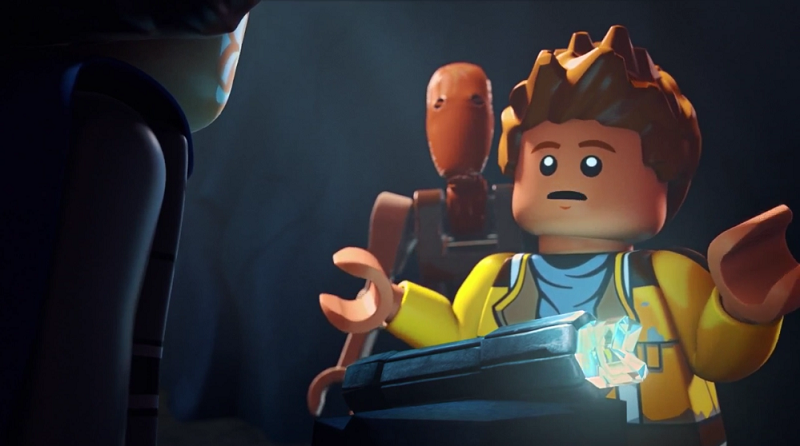
Star Wars Rebels presents us with a look at two Jedi with similar pasts—Kanan and Ahsoka were both separated from the Jedi Order at the end of the Clone Wars, both spent their lives on the run, and both encountered a Sith Lord on Malachor—but entirely different futures. At the end of Rebels season two, we find the two Jedi on opposite ends of the spectrum: Ahsoka, after a duel with Darth Vader, walks away from everything; on the other hand, Kanan embraces the Force fully after a duel with Maul. What separates these two Jedi, and what of their pasts helped move them to embrace, or completely renounce, their Jedi pasts?
The two Jedi had similar experiences in the Order, like their initial struggles to find acceptance, their histories with troubled masters, and their earth-shattering expulsions from the Jedi Order. Ahsoka, at her first mission, the Battle of Christophsis, was not greeted warmly. Obi-Wan met her expecting her to be his apprentice, but was almost rejected by Anakin when it was revealed that she was assigned to him rather than to Kenobi. Under Anakin’s tutelage, Ahsoka took on a lot of the characteristics of her master. Toward the end of the Clone Wars, Ahsoka was framed for the murder of Jedi, clones, and civilians, and was put on trial by both the Jedi and the Republic. Because everything she knew turned against her, Ahsoka fled from the Order. Despite moving away from the Order, Ahsoka seemed to walk toward any path she found where she could help someone: she was instrumental in founding the Rebellion, she helped the crew of the Ghost find missions and help people, and she fought Inquisitors.
On the other hand, you have young and brash Caleb Dume. His master, Depa Billaba, was highly troubled after an encounter with General Grievous, who wiped out ninety percent of her forces. Caleb struggled to find a place in the Order, being known as highly inquisitive and almost disruptive at times. Caleb felt at home in the war and felt like he belonged on the battlefield more than he belonged anywhere else. Depa taught out of her brokenness, and used her experiences as a way to guide young Caleb. At the onset of Order 66, Caleb was forced to literally run from the Order to survive. Caleb kept running, took on the name Kanan Jarrus, and tried his best to avoid connections that could grow into meaningful relationships. For years, he ran. He continued to run until he was stuck: Hera helped him turn his running into something beneficial. Finding Ezra forced him to return, ultimately, to the Order and rely on the Force again completely. In a highly symbolic move, Kanan donned a mask of a Temple Guard, reversing the order that the Grand Inquisitor moved in: Kanan evolved from someone running from the Jedi to someone who fought to keep all of their ideals alive. Read More



 Premiering on the first day of summer, DisneyXD recently introduced us to the Freemaker family in the new show LEGO Star Wars: The Freemaker Adventures. Following a family of scavengers, older brother Zander, younger sister Kordi, and Force-sensitive, twelve-year-old Rowan, with their battle droid Roger, making their way in the galaxy. The show is steeped in its love for the Star Wars galaxy and a fun side adventure for those who want just a little bit more out of the franchise that keeps giving, and giving, and giving.
Premiering on the first day of summer, DisneyXD recently introduced us to the Freemaker family in the new show LEGO Star Wars: The Freemaker Adventures. Following a family of scavengers, older brother Zander, younger sister Kordi, and Force-sensitive, twelve-year-old Rowan, with their battle droid Roger, making their way in the galaxy. The show is steeped in its love for the Star Wars galaxy and a fun side adventure for those who want just a little bit more out of the franchise that keeps giving, and giving, and giving.
